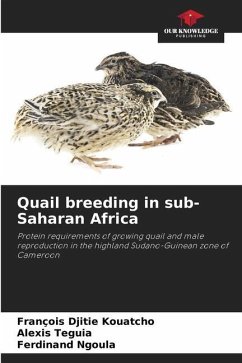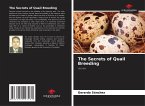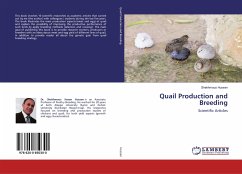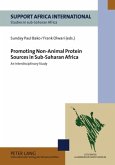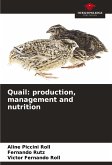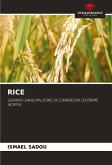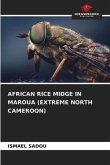In sub-Saharan Africa, where rural poultry farming still accounts for a significant proportion of the national economy and contributes around 60% of animal protein consumption in certain countries, it is becoming imperative to combine chicken farming with other poultry species that are less demanding in terms of both food and health, and whose production could effectively remedy the lack of animal protein requirements, as identified by the FAO. Quail has been attracting interest from African populations in recent years. Low production costs, resistance to disease, rapid growth, high egg production (up to 350 eggs per female per year) and the therapeutic properties of these eggs are all factors that have encouraged the expansion of this type of farming. However, the fundamentals of this unconventional breeding method have not yet been mastered in Africa. In view of their rapid growth, quails' protein requirements during the growth phase are higher than those of hens. Hence the need to assess these requirements for the growth phase, and to assess their impact on reproduction parameters.
Bitte wählen Sie Ihr Anliegen aus.
Rechnungen
Retourenschein anfordern
Bestellstatus
Storno

